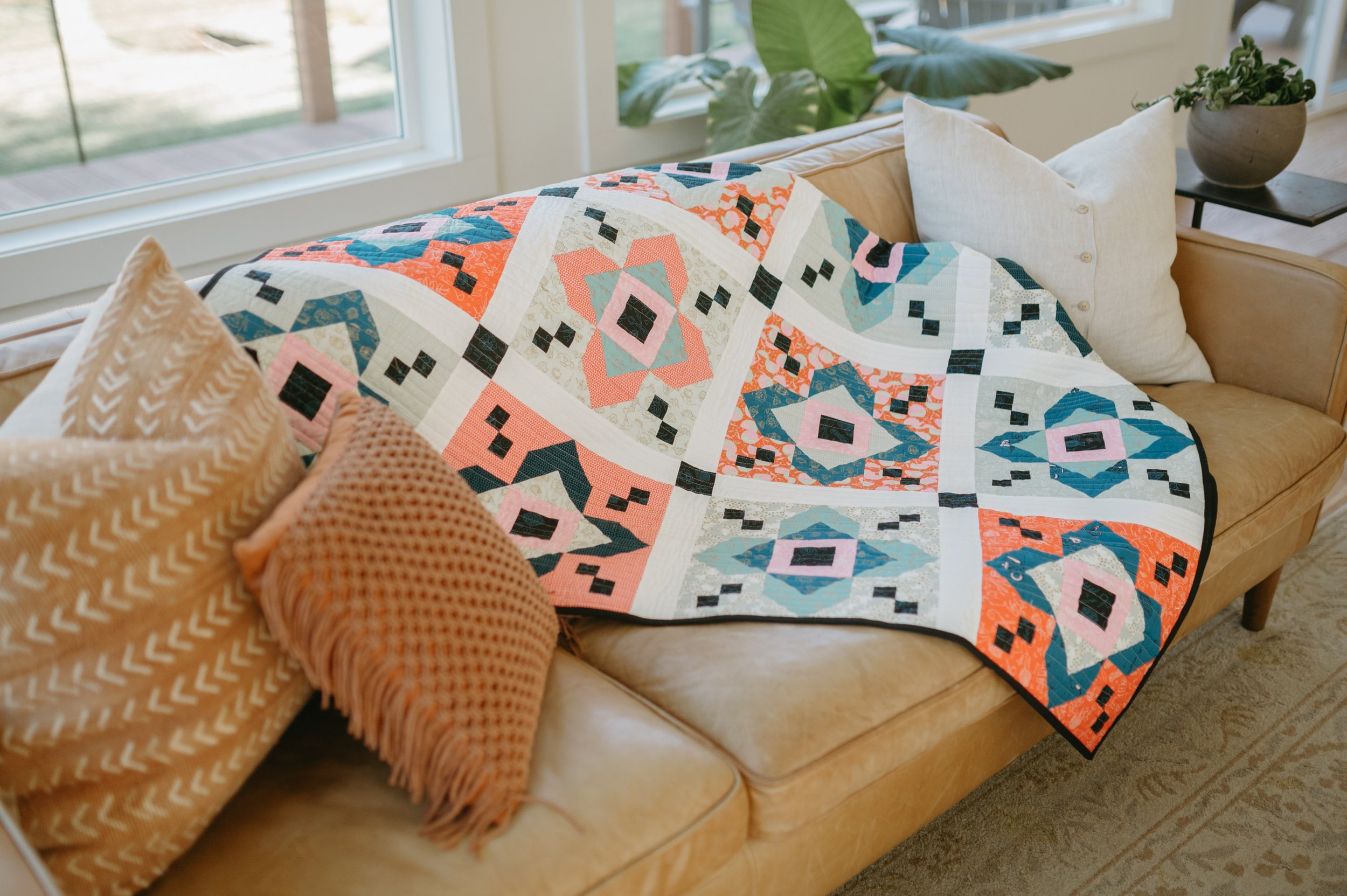
Quilt Tutorials For All Levels
Cutting Your Fabrics for Your First Quilt
Cutting your fabrics correctly is a critical step in a lovely quilt. Incorrect cuts can not only waste fabric but cause frustration when you begin trying to match up your seams. The Golden Rule for Quilting is “measure twice and cut once.”
Preparing Your Fabrics for Quilting
There is a bit of debate in the quilting world about whether you should prewash your fabrics. Like with all hobbies, there are purists who can suck the fun out of it and become “police.” Here’s what you really need to know to make the best decision for you.
Choosing the Best Batting for Your Quilt
Batting can is sold in individual pre-cut sizes like Crib, Twin, Throw, Queen, and King. It is also sold on long 10, 15, or even 30-yard rolls. Your quilt may be a size other than standard, so be sure to consider that when purchasing. You want your batting to be 3-5” larger on every side if you are having your quilt finished by a longarmer. If you are quilting it yourself, I prefer the batting to be 2-4” longer on all sides.
Choosing a High-Quality Cotton Thread
For 100% cotton fabric in quilting, I recommend you use 100% cotton thread. When choosing thread for quilting, you also need to consider the weight and the ply. When looking at thread numbers the top number is usually associated with the weight and the bottom number with the ply.
Choosing a High-Quality Cotton Fabric for a Quilt
Choosing the fabric for your first or next quilt is important. Not all fabrics are created equal. It is important to choose a high quality fabric so the quilt will last and stand the tests of use and time.
The Basic Tools Necessary to Make a Quilt
My basic method for choosing tools is to find the one that works best for me regardless of the cost. There are tools I have spent more money on than others, and I would again because I believe it is the best suited for the job. If I recommend the cheapest option, it is only because it works. I have a full video on my tool must-haves vs. luxury tools. You can watch it here if you prefer videos.
The Anatomy of a Sewing Machine
Learn about the pieces and parts of your sewing machine. What is a bobbin? What are feed dogs? What is tension? Here you will learn about all the things necessary to use your sewing machine, including how to clean it. Include a free video tutorial.
The Anatomy of a Quilt
A quilt is not a blanket. In this tutorial, you will learn the different parts of a quilt that actually make it a quilt. Learn about the pieced top, the backing, the batting, and the binding.
What is a “Controlled” Improv Quilt
Controlled Improv is the term I use (others may as well, I am not sure) to describe following a process that allows for freedom inside some design boundaries that are predetermined. In this post, you will also learn “what is improvisational quilting” or “improv quilting.”
Learn to Use Your Rotary Cutter
Leave the Scissors Alone. I rarely use scissors in my quilting. Rotary cutters open up lots of options for clean, precise cuts for quilting. Make friends with your rotary cutter and quilting will become a pleasure!
What is Bias and How to Avoid it in Quilting
At Jittery Wings, we never include the 4-at-a-time option in a pattern because it leads to frustration and wonky quilts. When making Flying Geese, we use either the 1 at a time or no-waste method.
Steps for Trimming Flying Geese Blocks
Trimming a flying geese block to the correct size is simple if you turn the ruler in the correct direction. This tutorial will walk you through trimming a flying geese block to 2.5" x 4.5" and it works for trimming to any size.
29 Basic Quilt Terms
Quilt terms and sewing terms are often different. As you are learning it helps to have a list of terms next to you. Print this post and hang it near your sewing machine.












